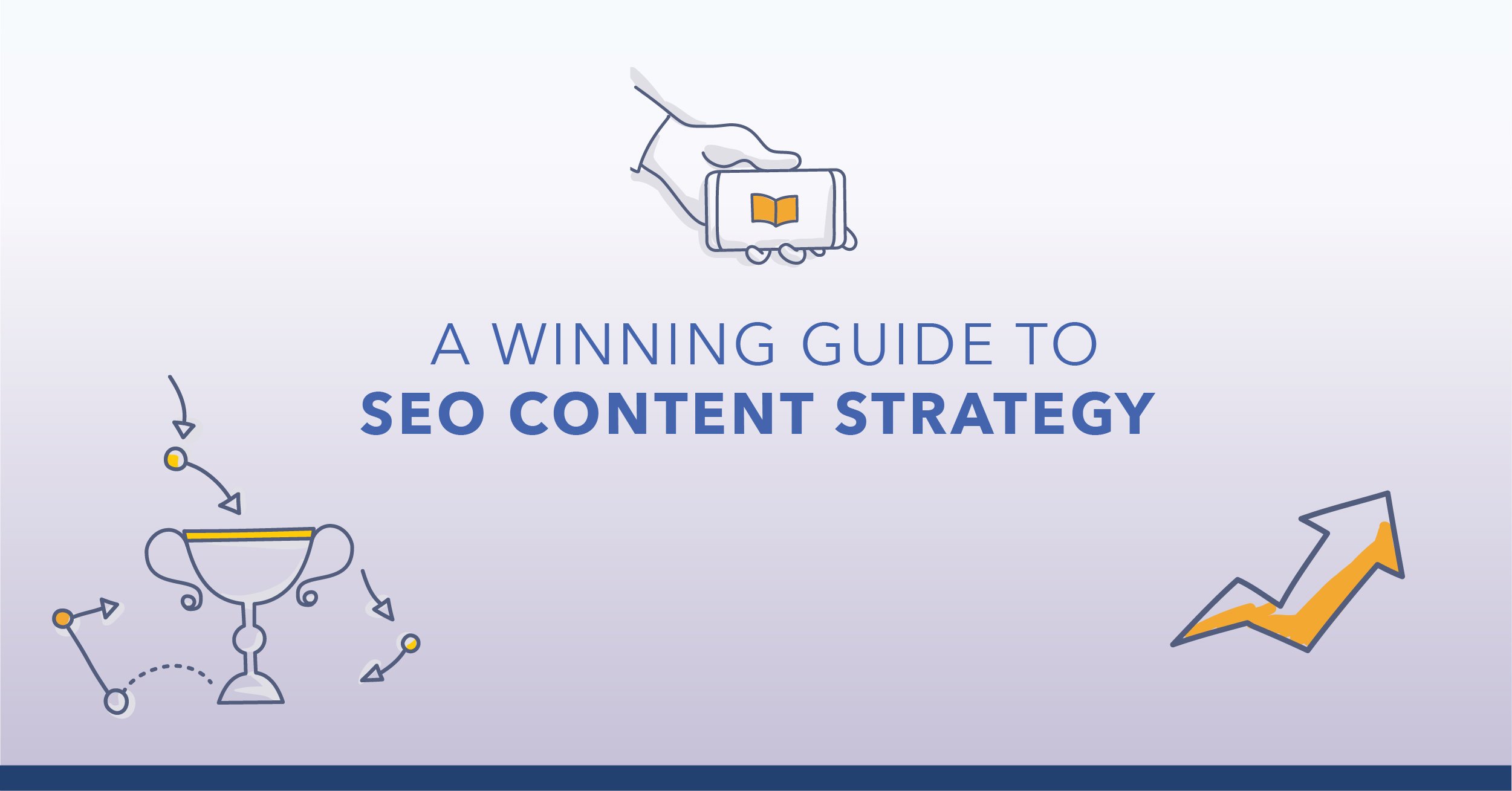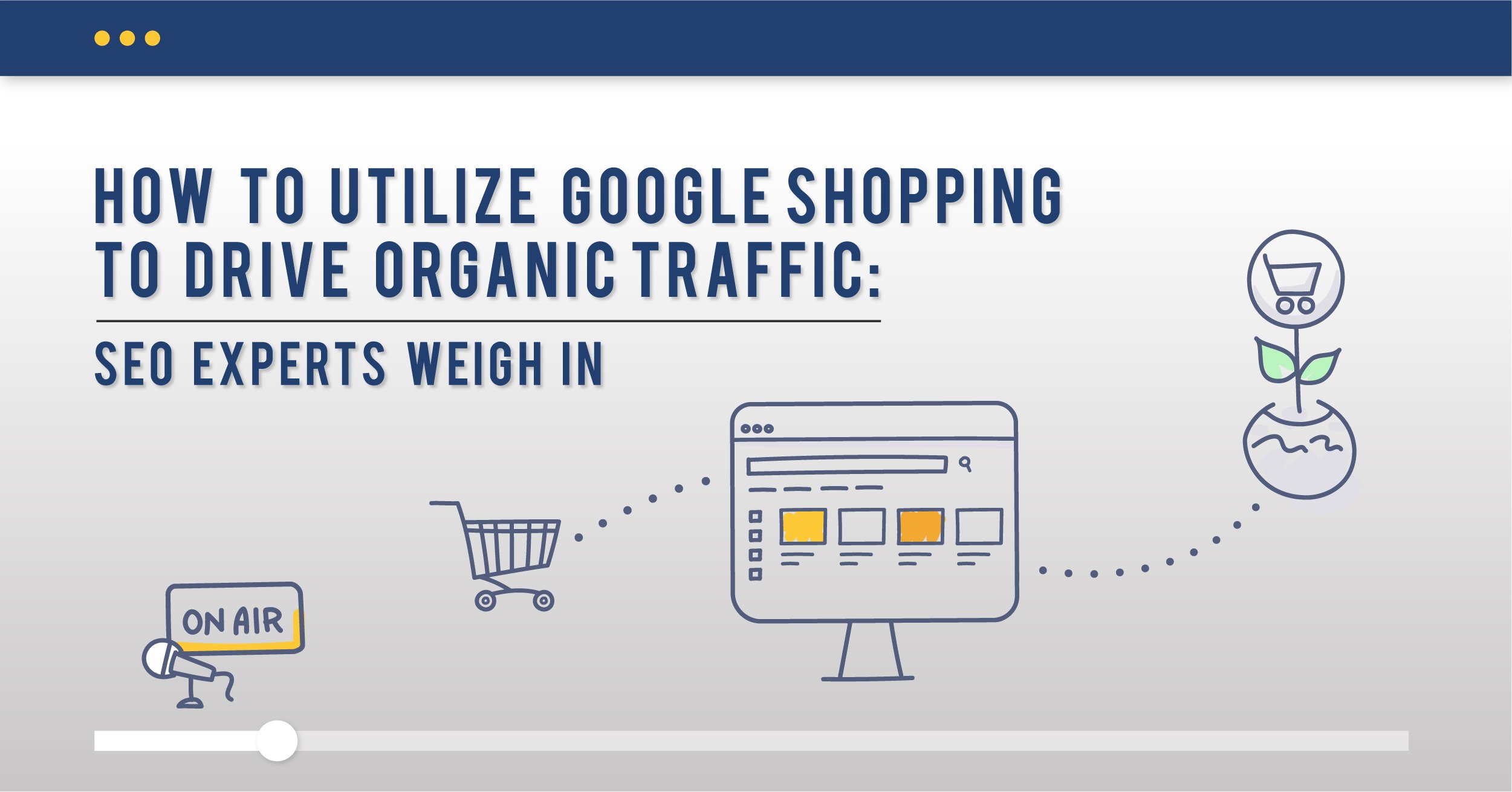Google is light years beyond the days of the “10 blue links.” Search engine results pages are richer than ever before in an effort to enhance the user experience. Users like to consume information in a variety of different ways, and Google caters to that — videos, People Also Ask boxes, featured snippets, and, of course, images, can appear on the SERP. The list goes on!
When you understand various SERP features and how you can optimize your content to appear in them, you can better align your content with search intent so your brand appears at every stage of the search journey.
Table of Contents
- What Are Google image SERP Features?
- Why Should SEOs Care About the Images SERP Feature?
- When Do Image Packs Appear?
- How Do Image Packs Appear?
- How to Optimize Your Images to Appear in the Image Pack
- How to Report on the Image Pack
What Are Google Image SERP Features?
The image pack is a Google search feature that presents a cluster of images on the search engine results page. This is different from the image thumbnails that Google has started to show next to the title of an organic listing.
When a user clicks the image, a side panel expands that shows a larger version of the image and related images. It’s from here that a user can click through to your site’s URL.
Here’s an example of an image pack for the search query “iPhone 16.”:
(An image pack on the main SERP page for “iPhone 16.”)
Recommended Reading: Video Carousel SERP Feature: SEO Impact (Research Included)
Why Should SEOs Care About the Images SERP Feature?
Google has searchers’ interest in mind. After all, the search engine wants to satisfy a user’s intent.
Some search queries clearly indicate that a user is looking for an image; for example, product-related queries (as we saw with the “iPhone 16” example) or keywords with informational intent.
When this is the case, Google will present an image pack because images are highly relevant to the target keyword.
So, what does that mean for SEOs?
The image pack gives marketers the opportunity to drive more traffic and brand visibility.
Drive organic traffic:
Images in the image pack are dynamic and interactive — and include a link to the site they originate from. This means the images serve as another path for searchers to land on your site.
Boost Brand Visibility:
Search results are visual now — appearing in the local pack is another way to position your brand and content in front of your audience beyond a standard SERP listing. Don’t just optimize for an organic result on the SERPs, optimize for images, too.
When Do Image Packs Appear?
Research from seoClarity shows that in the last two years, the images carousel increased 37% to the first 10 positions.
(Comparing image pack frequency from October 2022 to September 2024 in the seoClarity platform.)
Overall, there was a 212% increase in the number of search queries that trigger the image pack, also over the past two years.
Here is a look at the frequency of the image pack for desktop compared to mobile:
(September 2024 seoClarity Research Grid.)
The image pack appears on mobile nearly 13% more frequently than on desktop.
What about the industries that trigger the image pack the most?
(September 2024 seoClarity Research Grid.)
The top industries whose related keywords trigger the local pack are:
- Business & Industrial
- Arts & Entertainment
- News, Media & Publications
- Hobbies & Leisure
- Home & Garden
This predominance of the Image Pack should further compel SEOs to take action to drive more traffic and boost brand visibility.
Recommended Reading: Impact of the Discussions and Forums Feature By Industry
How Do Image Packs Appear?
Not all image packs show on the SERP in the same way. The keyword’s intent can influence how the image presents itself.
Horizontal Pack
One way the SERP feature can appear is as a horizontal carousel at the top of the results page. Take a look at this image pack for the keyword “new york skyline.” Note that users have the option to expand the image pack if they click “Show more images.”
(This image pack for the keyword “new york skyline” is shown at the top of the SERP.)
Grids Within Organic Listings
The image pack doesn't always appear at the top of the SERP. In some cases, the images present themselves as a grid within the organic search listings.
In the example below for the search query “resume template,” the image grid is a 3x2 with the option to show more images.
(An image pack that shows as a grid for the query “resume template.”)
Ecommerce and Product Images
When a search query has a transactional intent, the image pack could be a list of product recommendations.
Here, we return to our “iPhone 16” example. But instead of seeing a standard image pack, Google shows these images as “More Products.”
(A product-related image pack for the search query “iPhone 16.”)
Recommended Reading: Popular Products SERP Feature: SEO Impact [+ Research]
How to Optimize Your Images to Appear in the Image Pack
Image optimization is crucial if you want your images to rank in Google — that goes for the image packs as well as Google Images.
There are three main components of Google image optimization:
- Alt Text: Describe the contents of your images with alt text so the search engine can know what the image is. This also benefits visually-impaired site visitors who use Google and browse the web with a screen reader.
- Image Size: Search engines look at an image’s size to determine which is the main image of a given page.
- Crawlable Images: Google needs to be able to crawl your images for them to appear in search results.
You can also use schema markup — also known as structured data — to give Google more information about your images. Structured data organizes relevant information about your web page so Google can more easily access it.
Read more on how to optimize your images for search.
Recommended Reading: How to Optimize for “From Sources Across the Web”
How to Report on the Image Pack
Once you’ve optimized your images, you’ll want to monitor your performance to see if your optimizations are working.
Here, you’ll want to track image packs (and their rank on the SERPs for a particular keyword) plus your domain’s rank within that image pack.
You’ll be able to do this if you use an SEO platform like seoClarity that has SERP features visibility tracking.
(A domain’s share of the image pack compared to the total number of tracked keywords that trigger the image pack.)
It’s also helpful to see a trended view of your performance over time to see when an image pack rank was gained or lost.
(This trended view in the seoClarity platform shows the date a specific keyword started to rank in the image pack.)
Conclusion
Optimizing for the image pack is another way to position your content in front of your audience in a way that aligns with their search intent, ensuring your brand is seen in various places along the searcher’s journey.
Leverage an SEO platform to track and monitor your results so you can adjust your SEO strategy.



.png?width=140&name=Untitled%20design%20(10).png)



Comments
Currently, there are no comments. Be the first to post one!